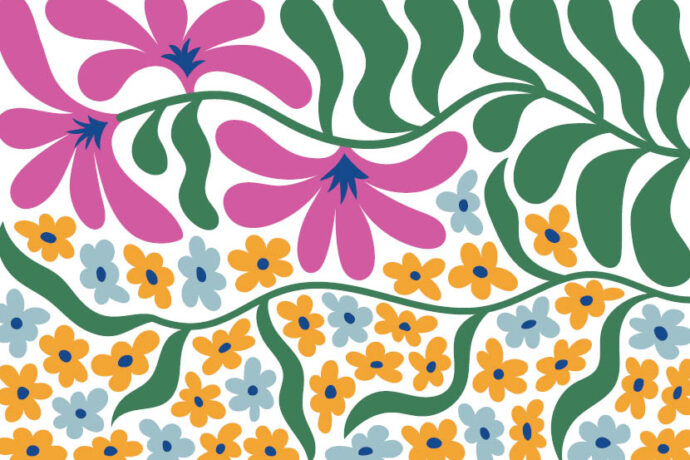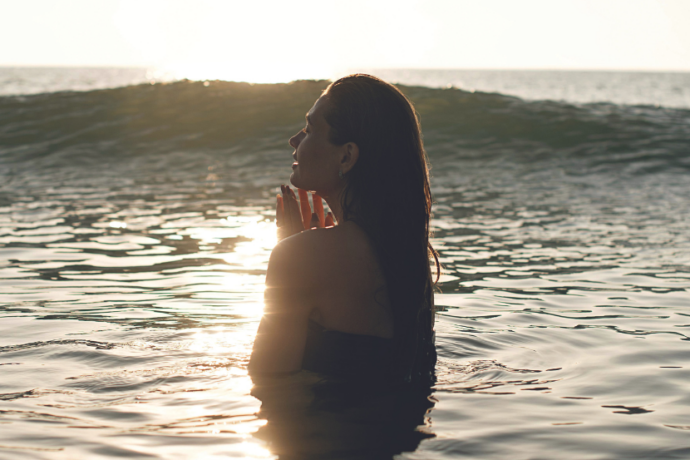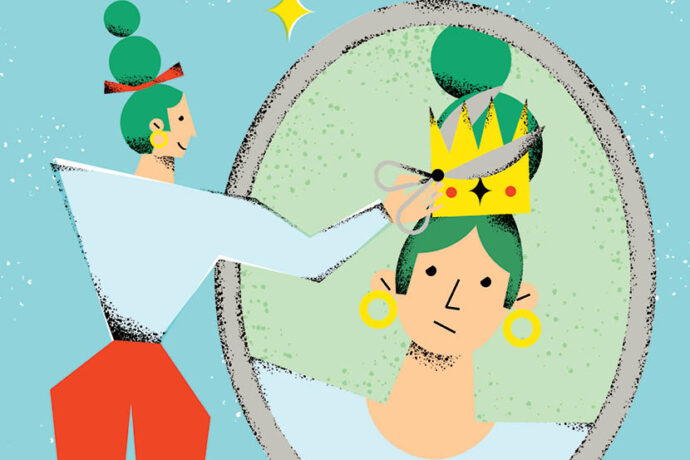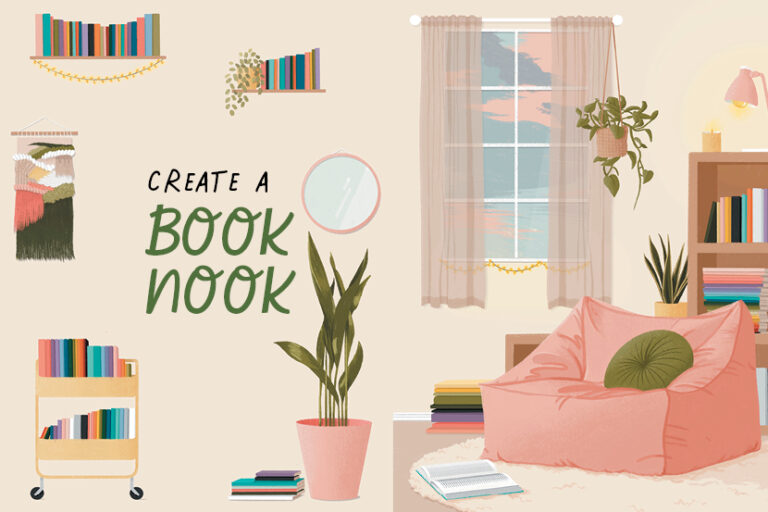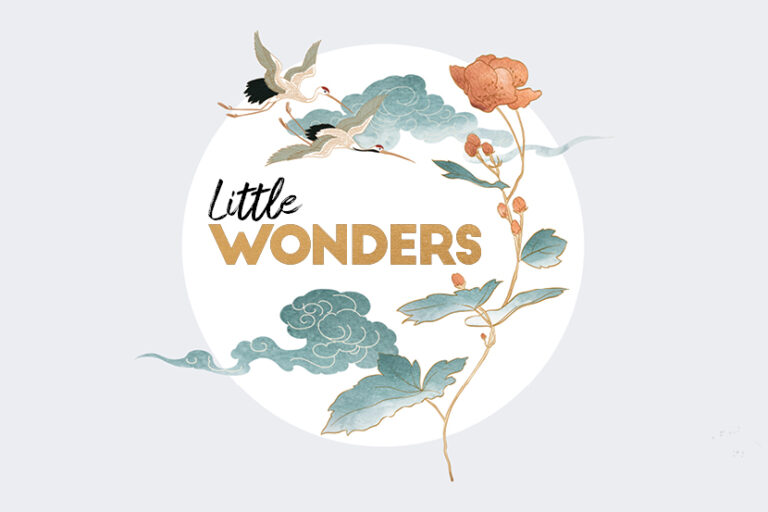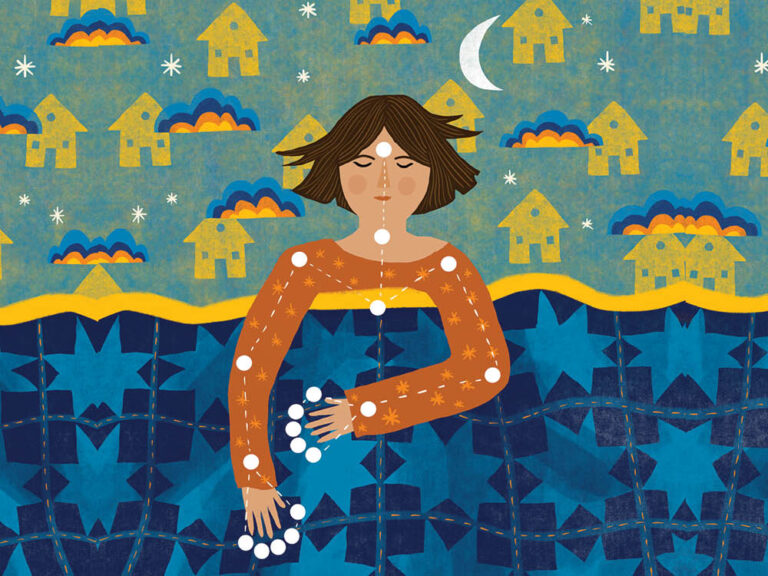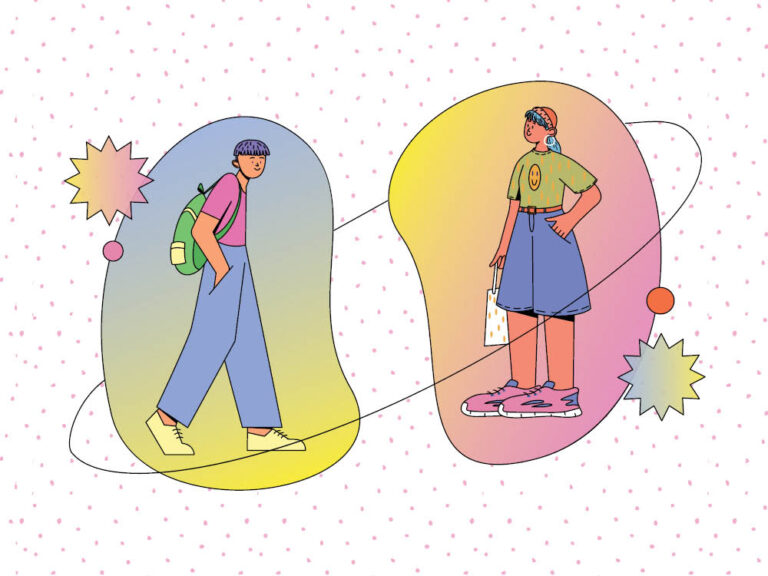
Solitude is sometimes misunderstood, but true contentment can be found in your own company
Some people are at their happiest when they’re alone. They relish the quiet sanctity of the afternoon, feet up on the lounge, lost in a book, or the clarity felt when walking alone through a lush rainforest.
Solitude has often been seen as the realm of loners, a state best avoided. Those who do seek it are often pitied by peers who struggle to understand why anyone might choose not to participate in social gatherings or deemed odd by colleagues who feel teamwork and collaboration is the order of the day. But what is it about being alone that’s so wonderful, calming and imperative for some, and how can you make the most of that precious time if you’re one of the people for whom it’s a necessity?
Loneliness versus aloneness
Loneliness and aloneness are often considered one and the same, but this couldn’t be further from the truth. While loneliness is associated with melancholy and can be harmful, aloneness is quite the opposite, yet the concept is one to which family and friends can find it difficult to relate. Those who prefer to be alone feel joy when in their own space. It is a sentiment that yoga and meditation teacher Ariadne passionately shares. ‘Being alone without distractions gives us the opportunity to feel a sense of calm that comes from releasing the need to be switched on,’ she says.
‘Quality alone time can bring the body back to a calm state, switch off the stress response and help people connect to their intuition and creativity.’
The capacity to be alone can have immeasurable benefits, including the opportunity to look inwards and reconnect with your thoughts, emotions and values. It is also closely linked to an increased sense of happiness, reduced stress and the ability to cultivate stronger, healthier relationships. ‘I have found that spending time alone promotes self-confidence, the ability to take care of oneself, to trust that we can cope with what life throws at us,’ says Ariadne. ‘It creates an opportunity to set healthy boundaries so that we can protect our precious resources like time and energy. Spending time alone makes space for us to explore what we love, what gives us joy, what inspires us, what drives us.’
Enhancing your time alone
If you do feel your alone time is being squeezed, here are a few nurturing, creative tools you might try to feel more invigorated, open and creative.
Morning journals have long been hailed the wellspring of artistic growth. Now, psychologists recognise the advantages that purging thoughts from within and onto the page has on mind and body.
A 2005 study found that writing about emotional events for 15 to 20 minutes, three to five times a week, led to notably improved psychological and physical health in participants. Some of the major long-term benefits of expressive writing also included reduced blood pressure, improved lung capacity and even a strengthened immune system. Begin by keeping a pen and journal on your bedside table and commit to at least 15 minutes’ writing as soon as you wake.
Write without thinking about grammar, structure or clarity. This is your private, safe space to explore the din in your mind. Releasing congested thoughts in this way can be cathartic and clear the mind for the day ahead, leaving you feeling lighter, mentally sharper and more positive.
Mindful cooking and eating is a relatively new concept in the West and describes becoming fully aware of the food you put into your body. This mood-boosting task is an easy, healthful way to enjoy time alone. When preparing ingredients for cooking, be aware of your senses. How does the food feel in your hands? What notes and nuances can you smell? Take stock of the sound of food simmering, frying and boiling. What flavours can you taste on the tip of your tongue? How does your body feel when you’ve finished eating? Besides encouraging you to be present, studies show that mindful cooking and eating can promote a healthy relationship with food.
Non-fearful solitude also forges the space to uncover new, creative and meditative hobbies such as gardening, pottery or playing a musical instrument. Numerous studies have found that playing music, for example, stimulates the body’s feel-good hormones (including oxytocin and dopamine), improves overall sense of wellbeing, strengthens memory and increases blood flow – and therefore vital nutrients and oxygen – to the brain.
Have fun and explore your creativity with challenging and exciting hobbies that can make spending time alone even more enjoyable, productive and meaningful.
Joys of meditation
Meditation can be a powerful tool in easing into your own company with pleasure and peace. ‘One of my favourite ways to introduce meditative tools is to make use of the imagination,’ says yoga teacher Ariadne.
Here are two of her meditative techniques:
1 Begin by picking a colour that represents calm, ease or joy for you. Visualise it for a few moments as best you can. As you inhale, imagine this colour is coming into your body through the centre of your chest. As you exhale, let your body relax. Continue breathing slowly and softly, gradually imagining the colour reaching every part of your body and helping it to feel calm and at ease.
2 Another technique is to count the length of your inhalation and the length of your exhalation with each breath without having to change the rhythm. Allow your breath to flow effortlessly and focus on counting quietly in your head. It’s likely you will get distracted by thoughts and other triggers, such as sounds or body sensations, so whenever you catch your thoughts wandering, ground yourself by counting the length of your inhalation and exhalation.
For those who are happiest alone, solitude helps to build one of the greatest relationships you can ever have: the one with yourself.
Words: Kayley Loveridge
This article was originally published in Issue 20 – Wellbeing in bloom
If you need to reach out and speak to someone about how you are feeling, support is available 24/7 at Beyond Blue (www.beyondblue.org.au)




